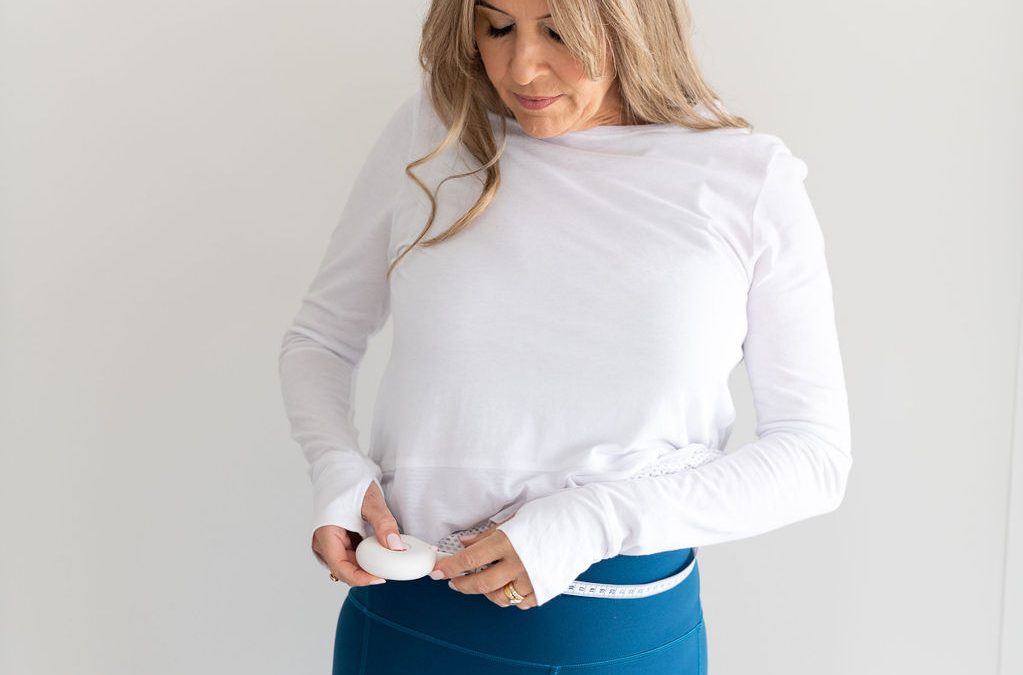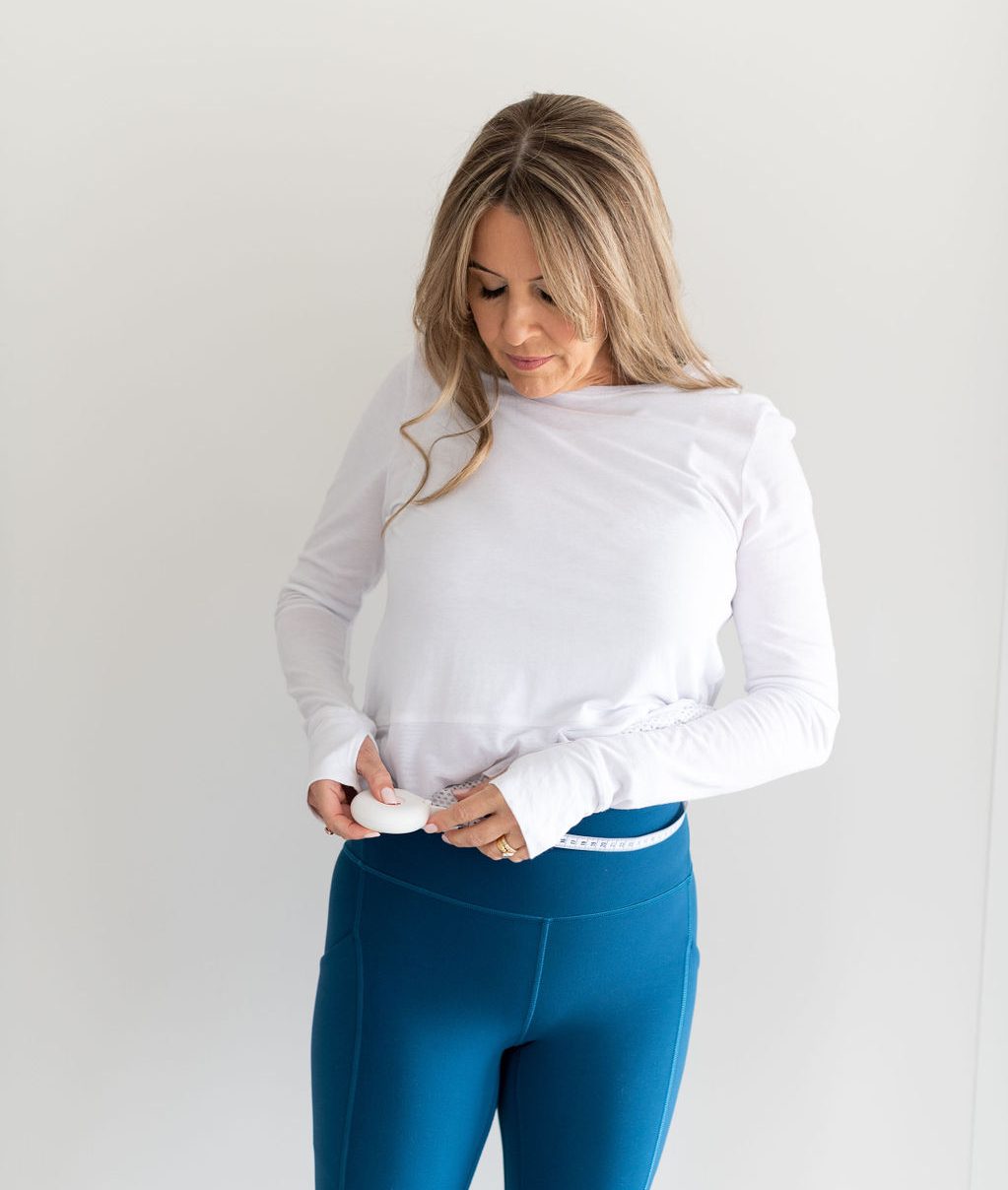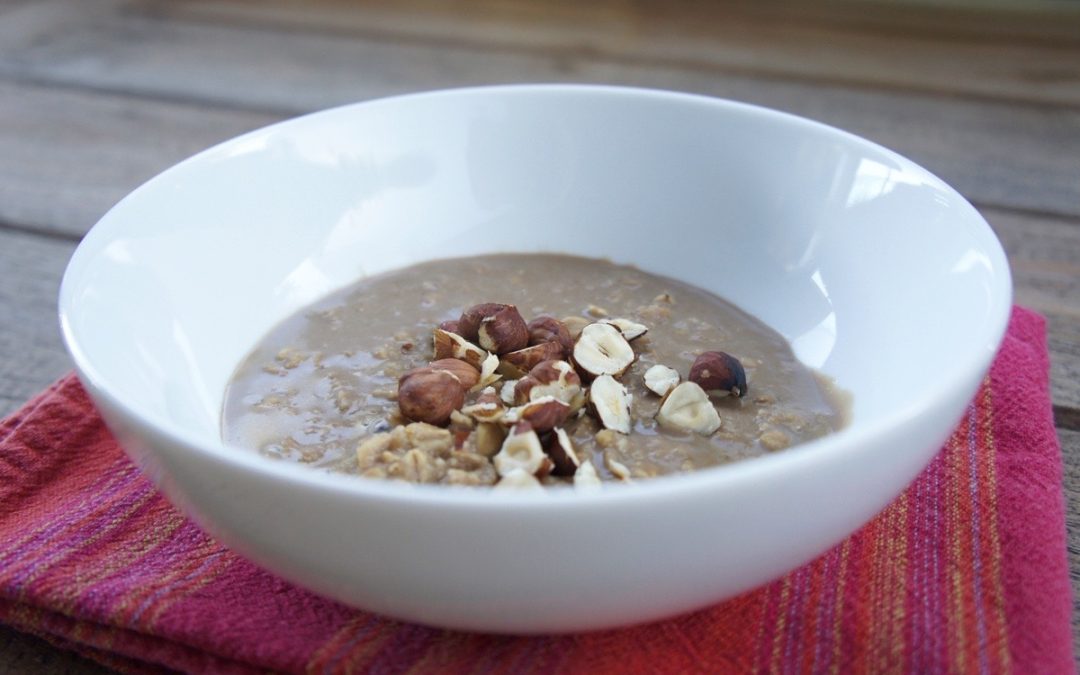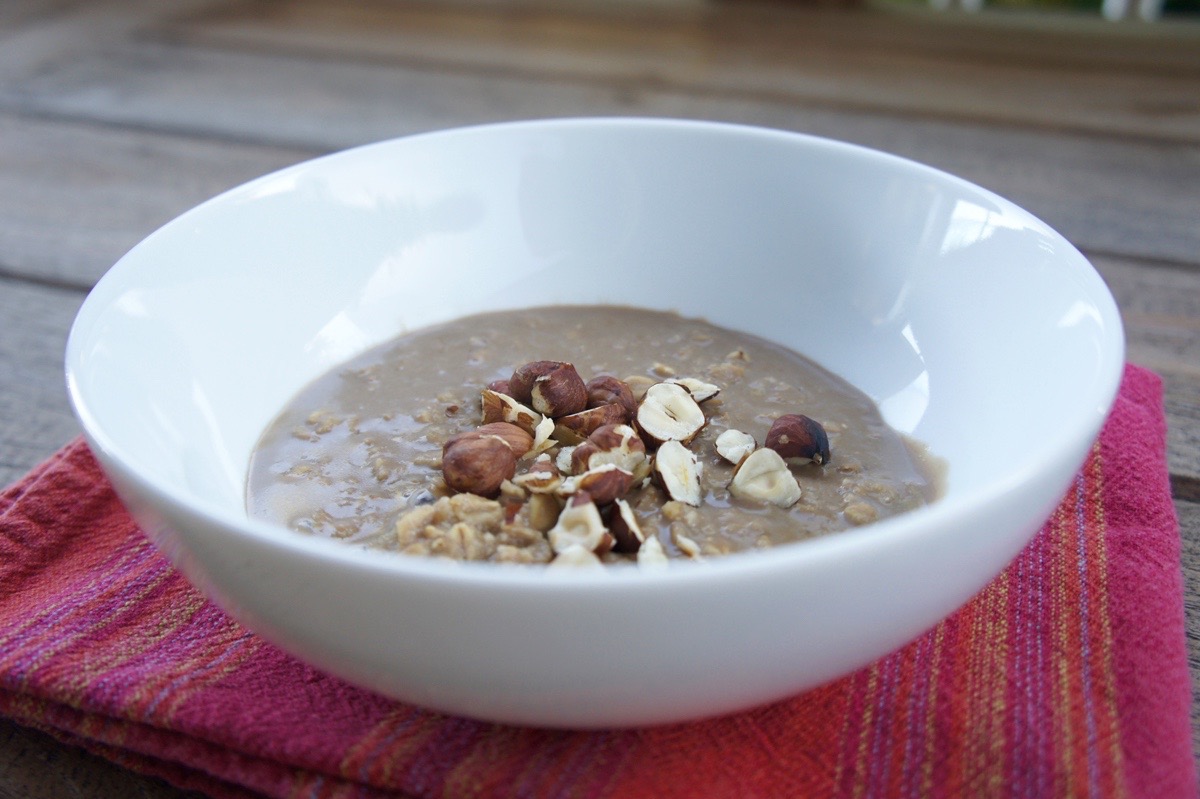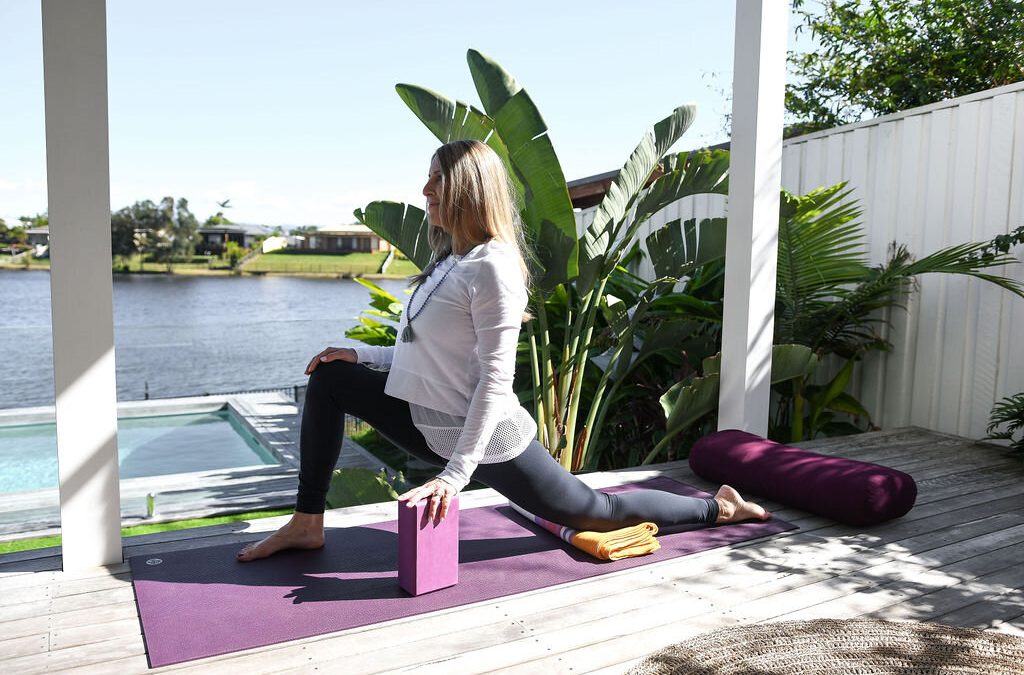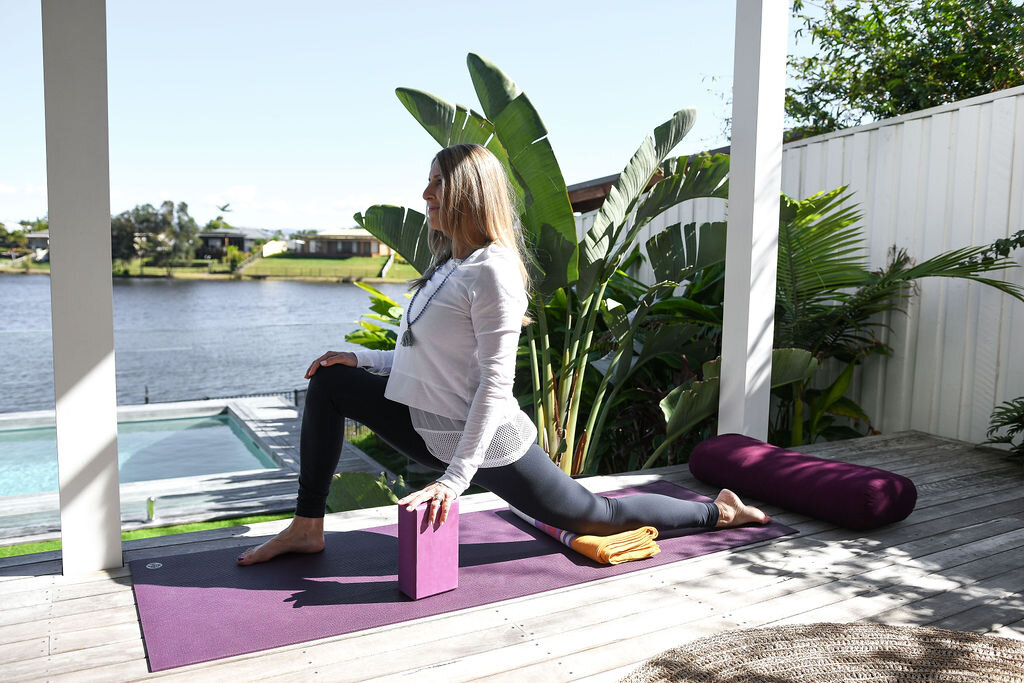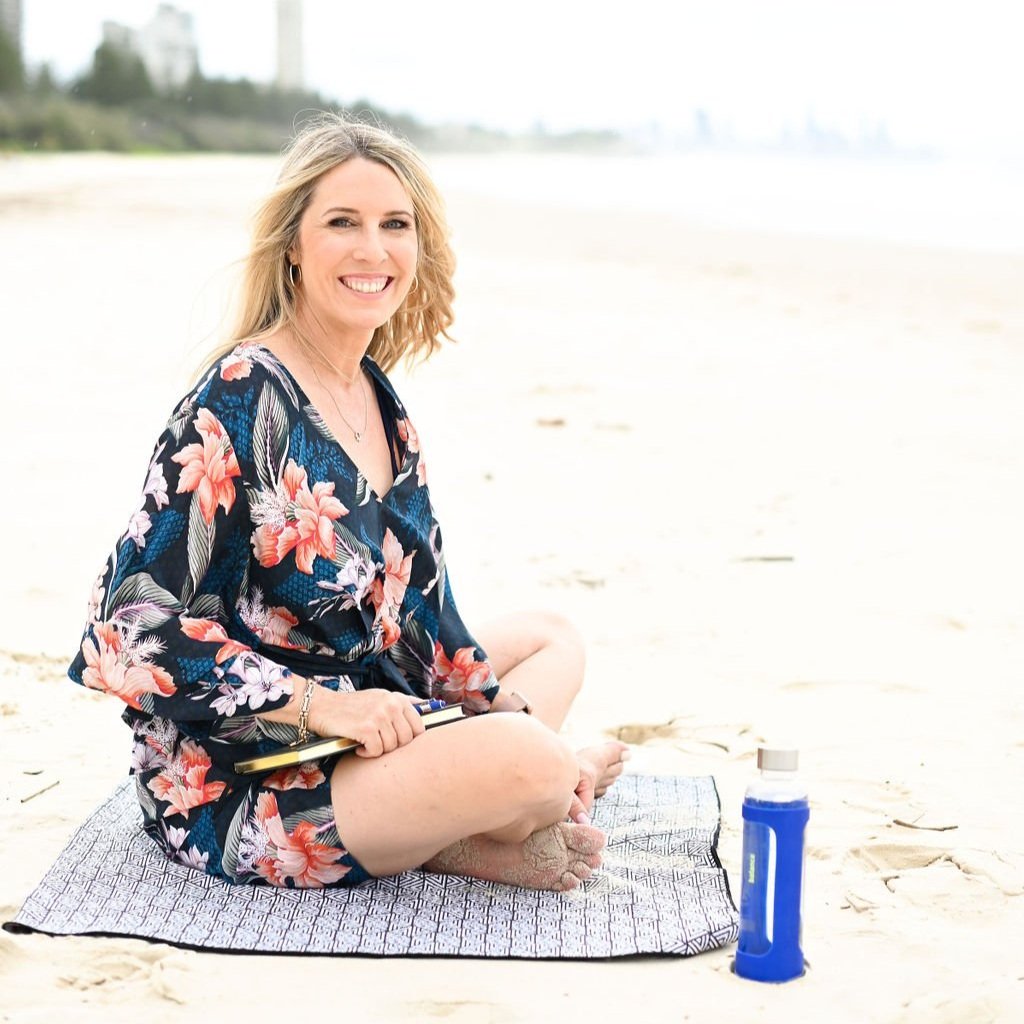Have you ever worried about the side effects of losing weight? Women in their 30s, 40s and beyond can experience a massive change in their appearance when they lose weight rapidly – and not always in a good way. Let’s look at why rapid weight loss can cause premature ageing.
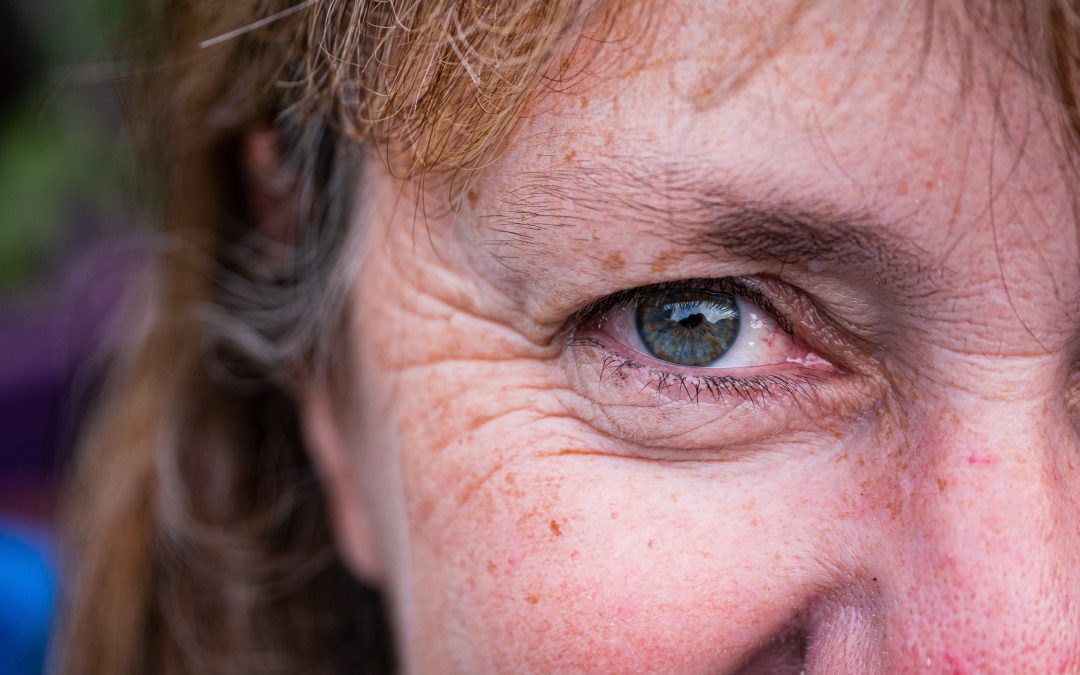
Rapid Weight Loss Ages You – Let’s Look At Why
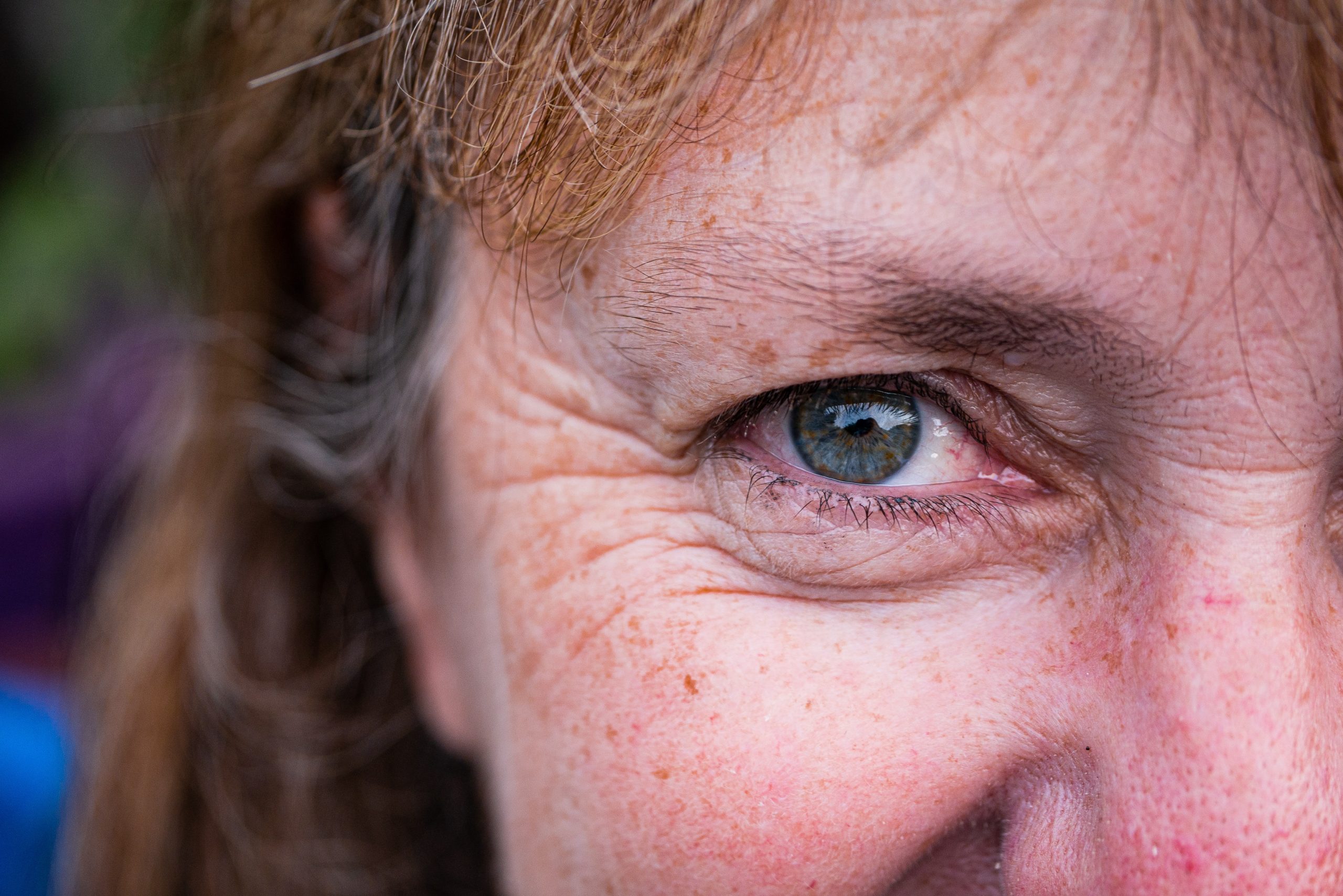
Why does rapid weight loss age you?
There are several key ways that rapid weight loss contributes to premature ageing.
Reduction in muscle mass
Firstly, when you lose weight rapidly, you’re not just losing fat. Quick weight loss methods also contribute to the loss of muscle mass. As your muscle mass drops, your body composition will alter (and your metabolism will also change, by the way!)
This means that you’ll have reduced strength, endurance and overall fitness, which can make you feel older. But it can also lead to changes to your posture and the shape of your body. These can all add up to both looking and feeling older.
Changes to skin elasticity
Another common experience when you lose weight quickly is a loss in elasticity. To put it simply, if you lose weight fast, your skin doesn’t have the time needed to adjust to the change in body composition. As a result, you’re more likely to have sagging skin and wrinkles.
This tends to be most noticeable in the face. Depending on how much weight you lose and your genetics, you may see new wrinkles, crows lines, a hollow area under the eyes and gaunt cheeks.
Dehydration
One often overlooked contributor to premature ageing with weight loss is dehydration. This is particularly common if you’re not consciously increasing your water intake, getting insufficient electrolytes or even restricting carbohydrates (such as a keto diet).
Why does this make such a big difference? Dehydration can cause dry, dull skin. It becomes more prone to wrinkles and other forms of damage that make you look older than you are.
Nutrient deficiencies
Weight loss diets are often deficient in key nutrients that keep you healthy and youthful. And as we know, if you’re not getting these nutrients in, premature ageing won’t be far behind! This is common in diets that restrict food groups or are too low in fat (because fat is a must for a healthy, youthful appearance!)
Want to make sure you’re getting plenty of healthy ageing nutrients? Make sure you check out my healthy ageing supplement, Energy Glow NR. It contains ingredients specifically to maintain skin integrity & structure, support skin repair and overall skin health – plus so much more. You can learn more about Energy Glow NR here.
Stress
Last but far from least, rapid weight loss puts a massive stress load onto your body. Once you add on all of your other forms of stress – work, family, responsibilities, the daily commute, the list goes on – it becomes a big problem.
Chronic stress feeds into inflammation and inflammaging, which is the biggest driver of premature ageing.
How can I avoid this side effect?
The good news is that you can have your weight-loss cake and eat it too! Despite what the Hollywood stories might say, you don’t have to choose between your face and your body.
Stay tuned for the next blog, where I’ll give you actionable steps for how you can lose weight without looking older.
Don’t opt for rapid weight loss fads that prematurely age you – there’s a better way!
Let’s jump on a FREE Pre-Screening Call to talk about how we can get you looking AND feeling amazing.
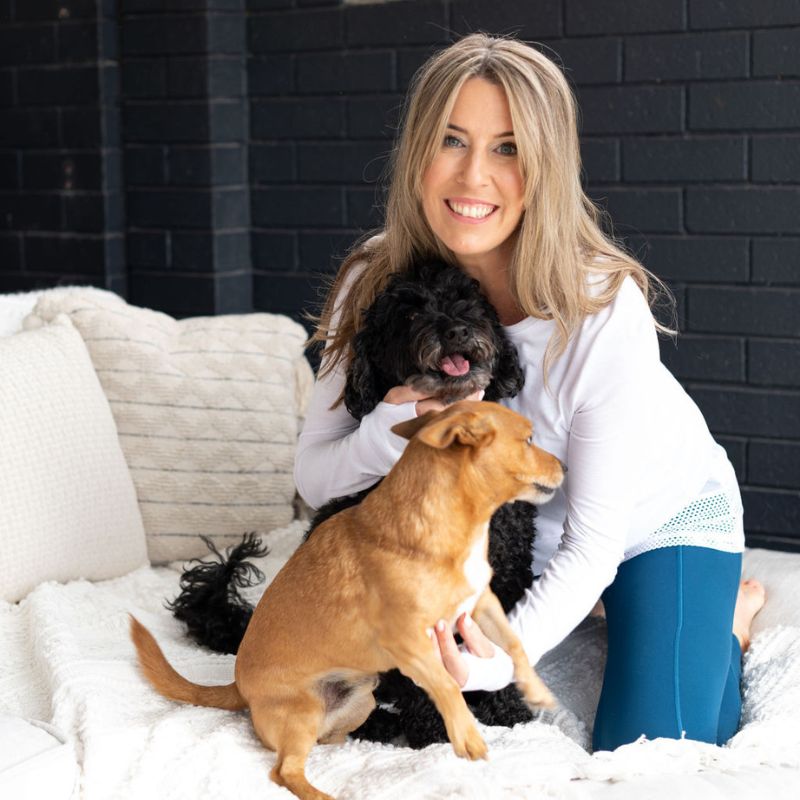
Susie Garden | Clinical Nutritionist & Naturopath
Are you a woman feeling stressed, flat and experiencing the challenges of peri/menopause?
It’s time to reclaim your youthful energy, radiance and self-assurance (and your ideal weight).
I’m here to help with my proven method.
Book your complimentary Pre-Screening Call here, and let’s see how I might help you.

